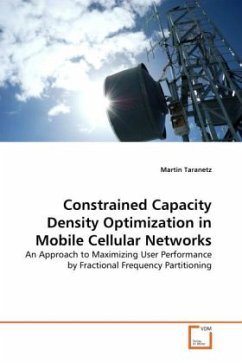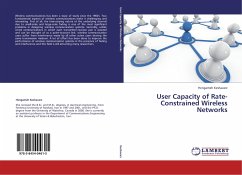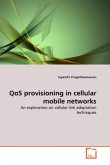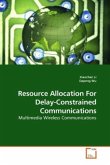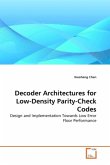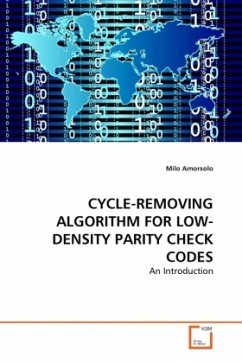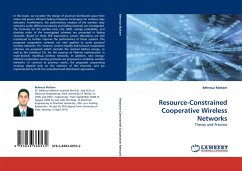Downlink performance of cellular networks is mainly limited by Intercell Interference (ICI). A promising concept for ICI mitigation is Fractional Frequency Reuse (FFR), which effectively allows to trade off overall performance against enhanced cell-edge performance. In this work, a novel FFR scheme is proposed. It assigns a given user to a frequency sub band depending on the achievable capacity density (bit/s/m²). An optimization problem is formulated, which aims at maximizing average per-user throughput while maintaining a minimum performance at cell-edge. Simulations are carried out for omnidirectional and sectorized cellular scenarios, using both 2-dimensional and 3-dimensional antenna radiation patterns. The simulation results show that the proposed scheme outperforms conventional reuse-1- and reuse-3 schemes in terms of average- and cell-edge performance.
Bitte wählen Sie Ihr Anliegen aus.
Rechnungen
Retourenschein anfordern
Bestellstatus
Storno

